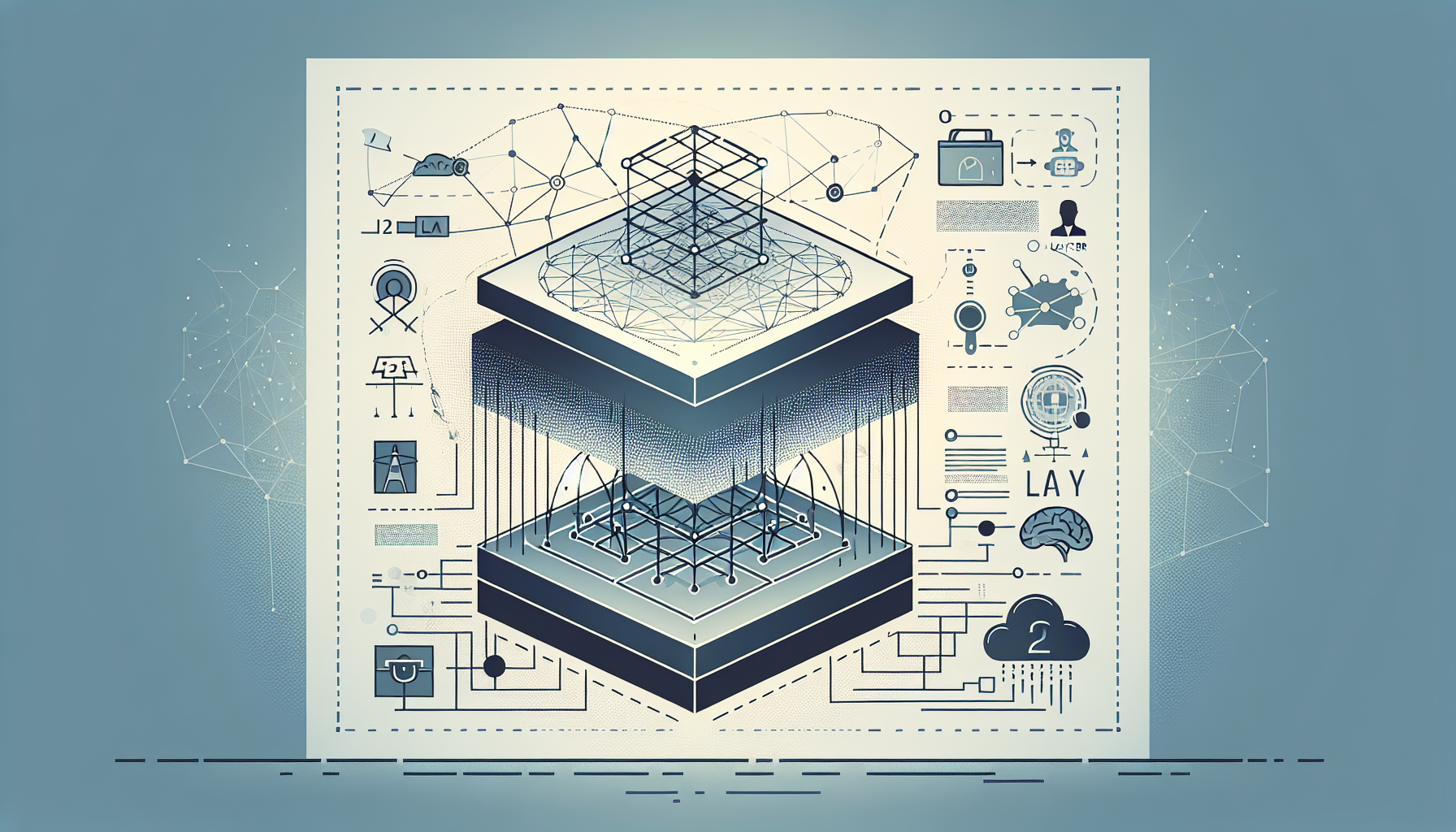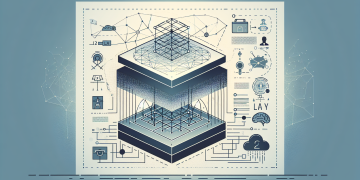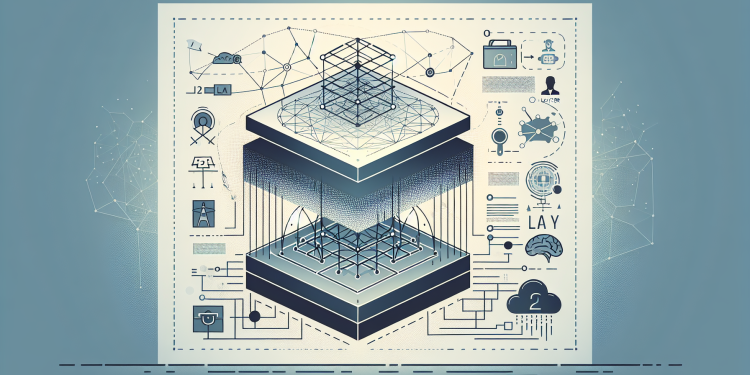Layer 1 vs. Layer 2: Understanding the Differences
In the rapidly evolving world of cryptocurrency, the debate on Layer 1 vs. Layer 2 solutions has become increasingly pertinent. As congestion grows on major blockchain networks, users face issues such as high transaction fees and slow confirmation times. Understanding these layers is crucial for investors seeking efficiency and scalability in their transactions.
Pain Point Scenarios
A notable example highlighting the importance of this discussion is during the Ethereum network’s peak demand periods, where transactions would cost upwards of $20. Such spikes not only deterred small investors but also showcased the limitations of Layer 1 solutions. In this tight market, potential users encountered significant barriers to entry, forcing many to seek alternatives.
Solution Deep Dive
To appreciate the differences between Layer 1 vs. Layer 2, it’s essential to explore both technologies:

- Layer 1: This is the foundational blockchain protocol, like Ethereum or Bitcoin, which processes transactions directly on the network but can become congested.
- Layer 2: Innovations such as state channels and sidechains enable transactions to occur off the main blockchain, enhancing speed and reducing costs.
Here’s a breakdown comparing both solutions:
| Parameters | Layer 1 | Layer 2 |
|---|---|---|
| Security | Relies on the base blockchain security | Potential trade-offs based on implementation |
| Cost | Higher transaction fees during congestion | Lower fees, conditional on the network |
| Use Cases | Direct transactions & Smart contracts | Microtransactions & High-frequency trading |
According to a recent report by Chainalysis, the overall transaction volume in Layer 2 solutions is expected to grow by over 250% by 2025. This dramatic increase highlights the urgent need to address issues associated with Layer 1 blockchains.
Risk Warnings
Investors should be aware of specific risks associated with these technologies. For example, reliance on Layer 2 solutions might expose users to potential bugs in the protocol. It is essential to thoroughly investigate the integrity of any Layer 2 network you consider. Key recommendations include always maintaining updated security practices and staying informed about the latest network upgrades.
At Bitora, we believe in empowering users with knowledge about these technologies to enhance their cryptocurrency trading experience. Understanding the intricacies of Layer 1 vs. Layer 2 can lead to better decision-making for your digital asset investments.
FAQs
Q: What are the main differences between Layer 1 and Layer 2 solutions?
A: The key distinction lies in transaction processing; Layer 1 handles everything on the base protocol, while Layer 2 operates off-chain to alleviate congestion.
Q: How does using Layer 2 impact transaction costs?
A: Utilizing a Layer 2 solution generally leads to significantly lower transaction fees compared to Layer 1 during peak usage times.
Q: Are there security concerns with Layer 2 transactions?
A: Yes, while Layer 2 may offer reduced costs and increased speed, it can sometimes compromise on security. Always assess the security protocols in place before engaging.
In conclusion, the conversation around Layer 1 vs. Layer 2 is integral to navigating the complex waters of cryptocurrency platforms. By staying informed, users can significantly enhance their trading strategies and investment opportunities.
Expert Author: Dr. Alex Carter, a renowned cryptocurrency analyst, has authored over 30 papers on blockchain technologies and led the audits for various well-known projects across the industry.



























